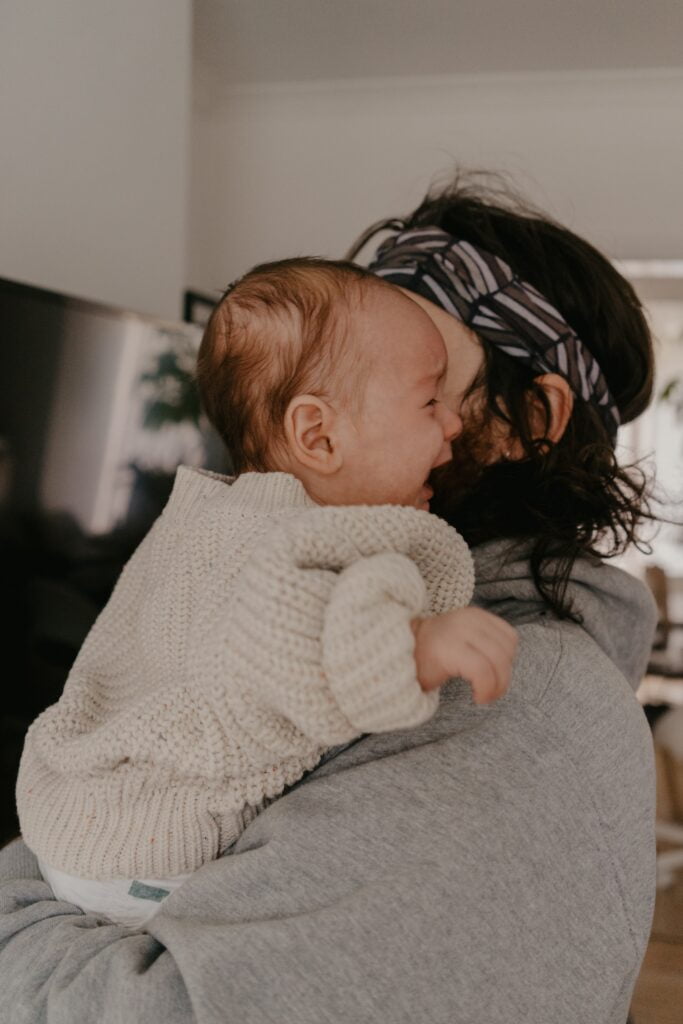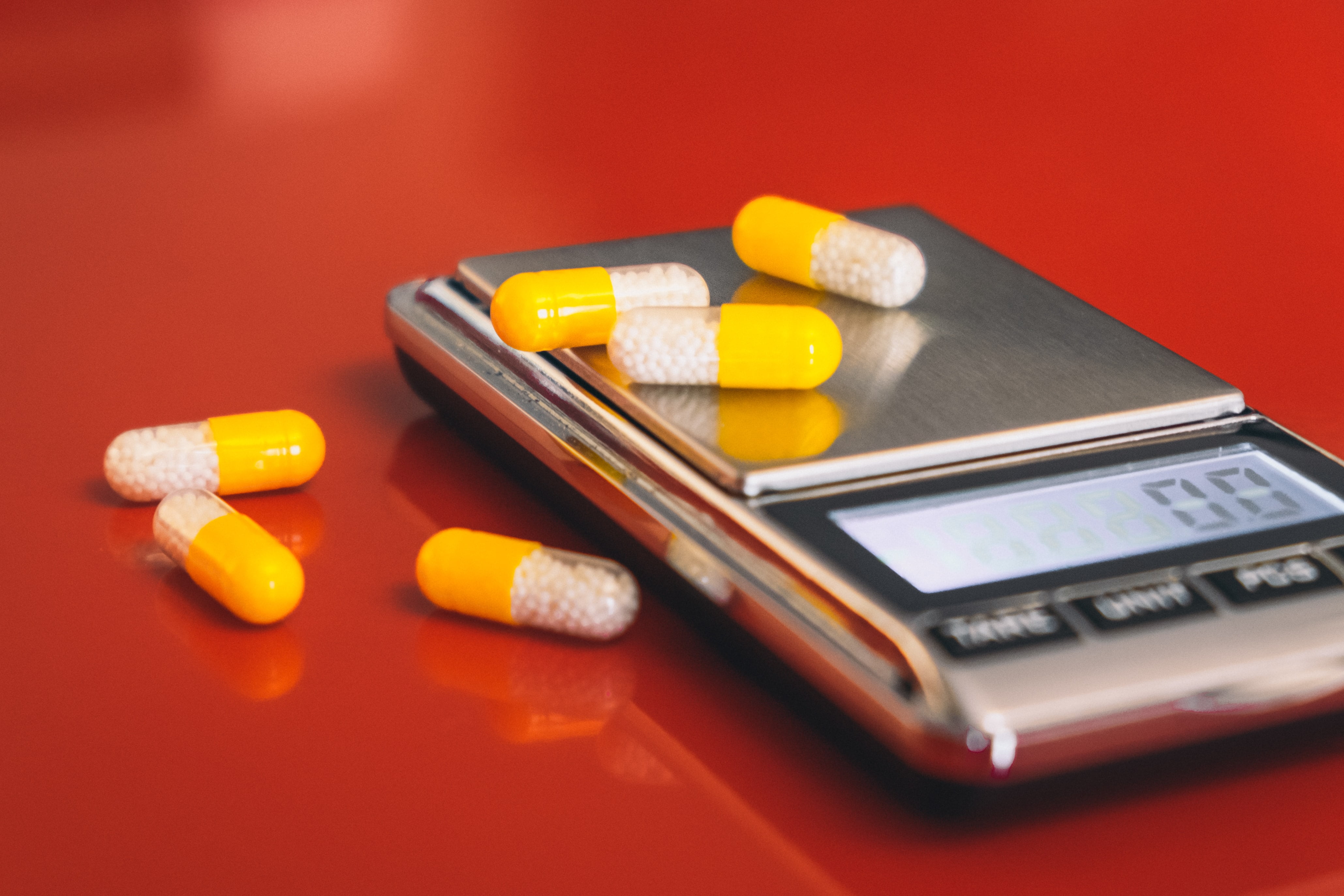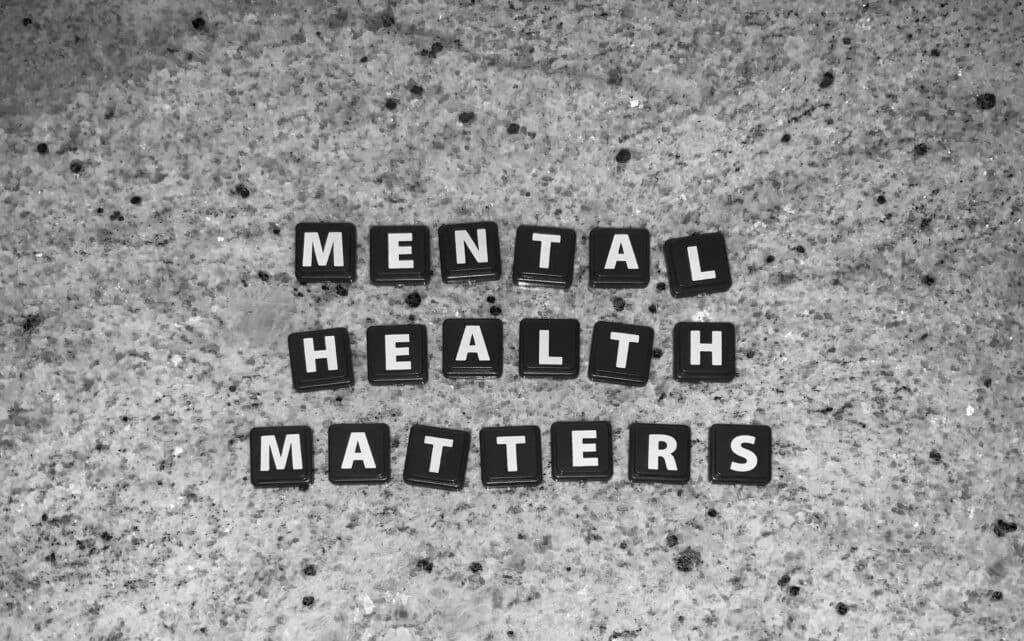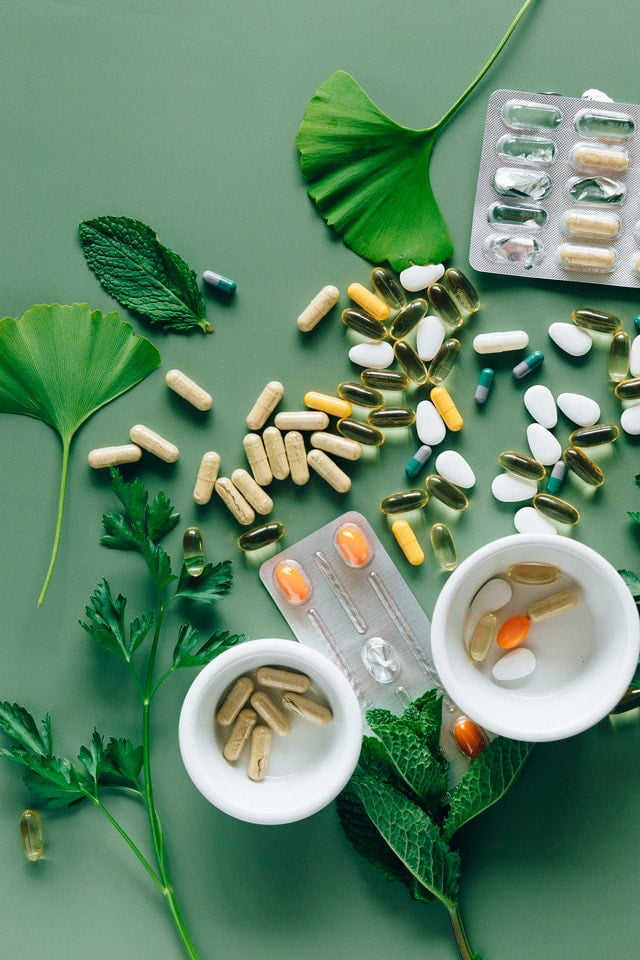Kids and babies are extremely sensitive to medications and therapeutics. That’s where the beauty of compounding and compounded medications will shine with those two age groups.
There are two specific areas in which a compounding pharmacy will surely benefit kids and babies: bacterial infections (especially urinary tract infections) and acid reflux.
First: Bacterial Infections
Bacterial infections are a huge subject. In this article, we will pick urinary tract infection (UTI) to discuss and briefly discuss its aspects, emphasizing the role of compounding in their treatment.
1. Causes, Symptoms, and Treatment
Urinary tract infections (UTIs) are among the most common infections in babies and young children. They occur when bacteria enter the urinary tract and multiply. UTIs are more common in girls than in boys.
The urinary tract includes the kidneys, ureters (the tubes that carry urine from the kidneys to the bladder), the bladder, and the urethra (the tube that carries urine from the bladder to the outside of the body).
Some UTIs can lead to kidney problems. So it’s important to see a doctor if your child has any symptoms of a UTI.
Based on the doctor’s examination and request, your child will likely need a urine test to check for bacteria. The doctor may also do a physical exam and ask about your child’s medical history.
If the urine test shows bacteria, your child will probably need antibiotics.
How do kids get UTIs?
Most UTIs are caused by bacteria that live in the digestive tract. These bacteria can enter the urinary tract through the urethra and travel up to the bladder. From there, the bacteria can travel to the kidneys and cause an infection.
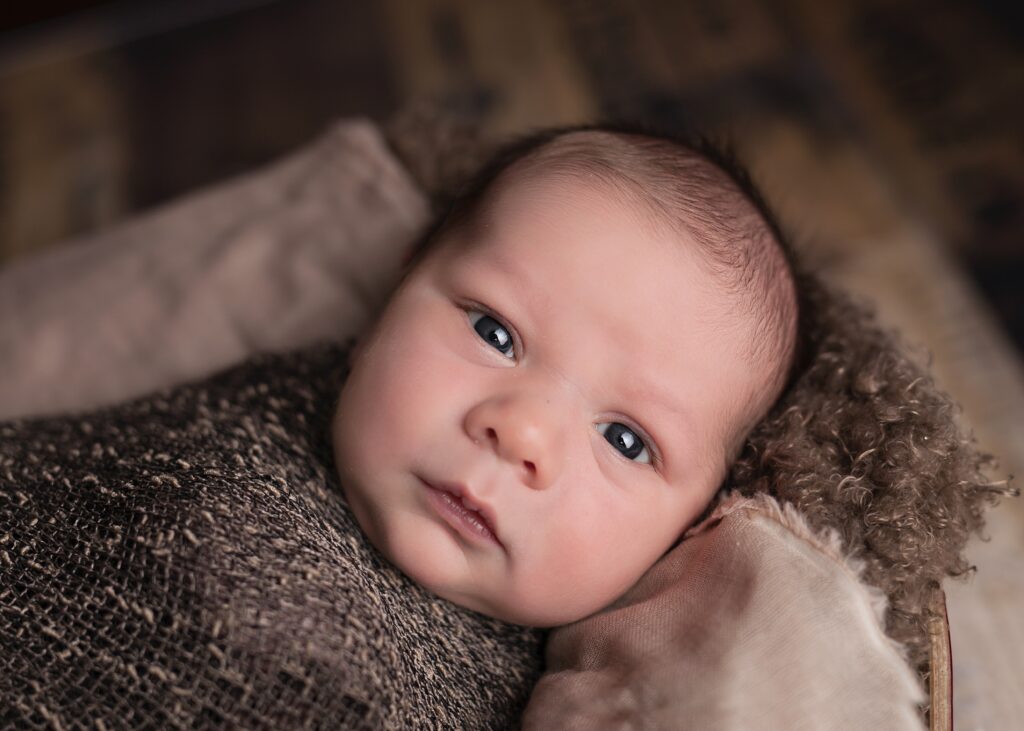
UTIs can also be caused by bacteria that are present on the skin around the urethra. These bacteria can enter the urinary tract when the child wipes from front to back after a bowel movement.
How do you tell if a kid has a UTI?
Symptoms of a UTI may include:
- Fever
- Abdominal pain
- Urinary urgency or frequency (needing to urinate more often than usual)
- Pain or burning with urination
- Blood in the urine
- Foul-smelling urine
- Cloudy urine
- Vomiting
- Diarrhea
If your child has any of these symptoms, it is important to see a doctor immediately. A UTI can cause serious kidney damage if it is not treated promptly.
How do you treat a UTI in a child?
Your child will likely be treated with antibiotics. It is important that the entire course of antibiotics is taken as prescribed. This is where a compounding pharmacy could help.
Doctors normally prescribe specific antibiotics medications for UTIs for kids and babies, such as Nitrofurantoin, Sulfatrim, or Penicillin. Unfortunately, those medications are not available for doses and strengths that are suitable for young ages as young as a few weeks. Therefore, based on a doctor’s prescription that considers age and weight, Chaparral Pharmacy will prepare the medication in a liquid form (most of the time is not commercially available) to be easily administered to the kid or baby.
In some cases, your child may need to be hospitalized for treatment. This is more likely if the child is very young, has a severe infection, or has other health problems.
2. Home Treatment Options
There are some things that you can do at home to help relieve your child’s symptoms and prevent UTIs from recurring, such as:
- Encourage your child to drink plenty of fluids. This will help flush out the bacteria from the urinary tract.
- Have your child urinate frequently. This will also help flush out bacteria.
- Give your child a probiotic supplement. This will help restore the normal balance of bacteria in the gut and may help prevent UTIs.
- Avoid giving your child sugary drinks. Sugar can promote the growth of bacteria in the urinary tract.
- Wipe from front to back after urination or a bowel movement. This will help prevent bacteria from spreading from the anus to the urethra.
- Avoid tight-fitting clothing. This can trap bacteria and moisture next to the skin, promoting bacteria growth.
- Practice good hygiene. Have your child bathe regularly and wash the genital area well.
3. How to Prevent UTIs
Most UTIs are caused by bacteria that live in the gastrointestinal tract. These bacteria are normally harmless but can cause an infection if they get into the urinary tract.
There are several things you can do to reduce your child’s risk of developing a UTI:
•Encourage your child to drink plenty of fluids. This helps flush bacteria out of the urinary tract.
•Have your child urinate frequently. This also helps flush bacteria out of the urinary tract.
•Teach your child to wipe from front to back after using the toilet. This helps prevent bacteria from the anus from getting into the urethra.
•Encourage your child to bathe regularly. This helps keep the genital area clean and prevents bacteria from entering the urethra.
•If your child is a girl, have her wear cotton underwear. This helps keep the genital area dry and prevents bacteria from entering the urethra.
•If your child is a boy, have him circumcised. This helps prevent bacteria from getting into the urethra.
If your child develops a UTI, it’s important to seek medical treatment immediately. UTIs can lead to serious health problems if they’re not treated promptly.
Second: Acid Reflux in kids and babies
In the next four sections, we will briefly discuss the causes, symptoms, and treatments of the problem of acid reflux in kids and babies.
1. Causes and symptoms
Acid reflux, also known as gastroesophageal reflux (GER), is a condition that affects many kids and babies. The condition is caused when stomach acid flows back into the esophagus, the tube connecting the mouth to the stomach. This can cause a burning sensation in the chest or throat and can make it difficult for kids to eat or sleep.
GER is common in infants and young children but can occur at any age. It is more common in children who are overweight, obese or have a hiatal hernia.
Symptoms of GER include heartburn, regurgitation, vomiting, and difficulty swallowing.
GER can lead to complications, such as esophagitis, ulcers, and Barrett’s esophagus if left untreated.
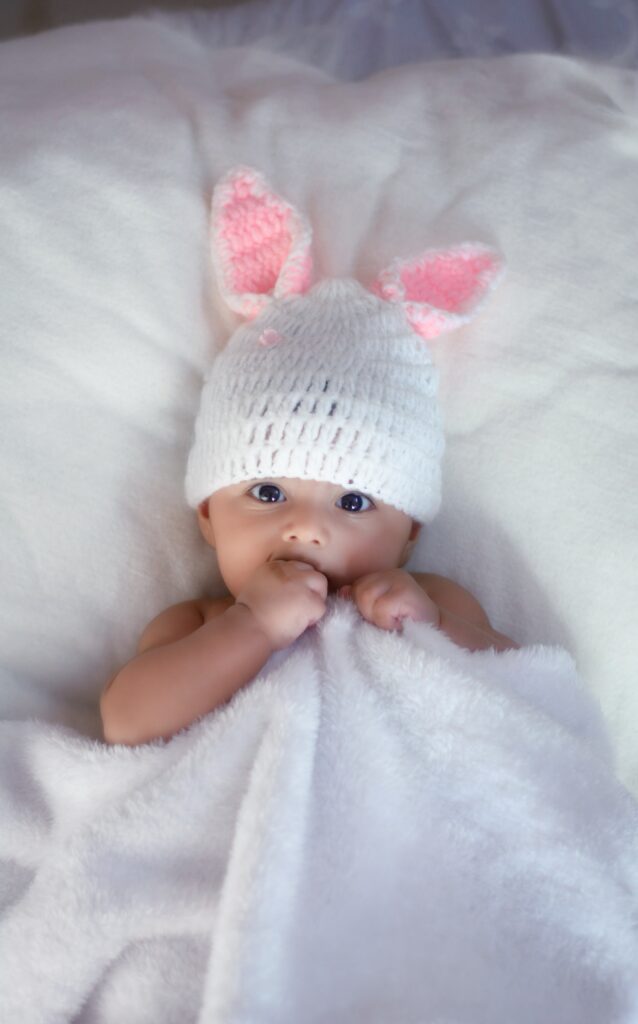
2. Treatments and management
Acid reflux can be a real pain for kids and babies. The good news is that treatments and management options are available to help.
Positioning is often the first line of defence. Keeping the head of the bed elevated or using a wedge pillow can help gravity keep the contents of the stomach where they belong. If your child is old enough, have them sit upright for at least 30 minutes after eating.
GER can be treated with lifestyle changes, such as avoiding trigger foods and eating smaller meals. Medications, such as antacids and proton pump inhibitors, can also be used to treat GER.
Several over-the-counter medications can be used to treat acid reflux. Antacids can help neutralize stomach acid, and H2 blockers can help reduce the amount of acid produced by the stomach. These medications can be used on an as-needed basis or taken regularly to prevent symptoms.
There are several ways to treat acid reflux in kids and babies. Some treatments are available over-the-counter (OTC), while others require a prescription from a doctor.
OTC treatments for acid reflux in kids and babies include antacids, H2 blockers, and proton pump inhibitors (PPIs). Prescription treatments include prokinetics and surgery.
Antacids are the most common treatment for acid reflux in kids and babies. Antacids work by neutralizing stomach acid. This helps to relieve heartburn and other symptoms of acid reflux.
H2 blockers work by reducing the amount of acid produced by the stomach. This can help to relieve symptoms of acid reflux and prevent complications.
Proton pump inhibitors (PPIs) are a type of medication that blocks the production of stomach acid. PPIs are the most effective type of medication for treating acid reflux. PPIs are normally available as commercially available capsules with predefined strengths.
It is normally difficult (if not impossible) for babies and kids to swallow a capsule. That is where the role of a compounding pharmacy will be important. Chaparral Pharmacy – Remedy’s Rx can transform PPIs into a tasty liquid suspension that babies and kids will be extremely willing to have. Our compounding centre at Chaparral Pharmacy – Remedy’s Rx in Calgary is pleasured to compound any PPI prescribed by your doctors, such as Lansoprazole and Omeprazole.
Prokinetics are another type of medication that help to empty the stomach contents more quickly. This can help to reduce symptoms of acid reflux and prevent complications.
Adults sometimes need a stronger compounded medication such as the pink lady.
Surgery is also an option for children with severe acid reflux that does not respond to other treatments. Surgery is typically only recommended for children with a very small esophagus or a condition that makes other treatments ineffective.
3. Home remedies
There are many home remedies that can help to relieve the symptoms of acid reflux and help kids to feel more comfortable.
One of the best home remedies for acid reflux is elevating the bed head. This can be done by placing blocks under the legs of the bed or by using a special pillow that elevates the head and chest. This will help keep stomach acid from flowing back into the esophagus.
Another home remedy for acid reflux is avoiding foods known to trigger the condition. Foods that are acidic, spicy, or high in fat can all trigger acid reflux. Keeping a food diary can help to identify which foods are triggering symptoms. Once trigger foods are identified, they can be avoided.
And always, if you think your child may be experiencing acid reflux, talk to your pediatrician. They can help you determine the best course of treatment.
Thanks for reading this blog post. If you like it, please share it using the buttons below with your friends, family, and colleagues.
